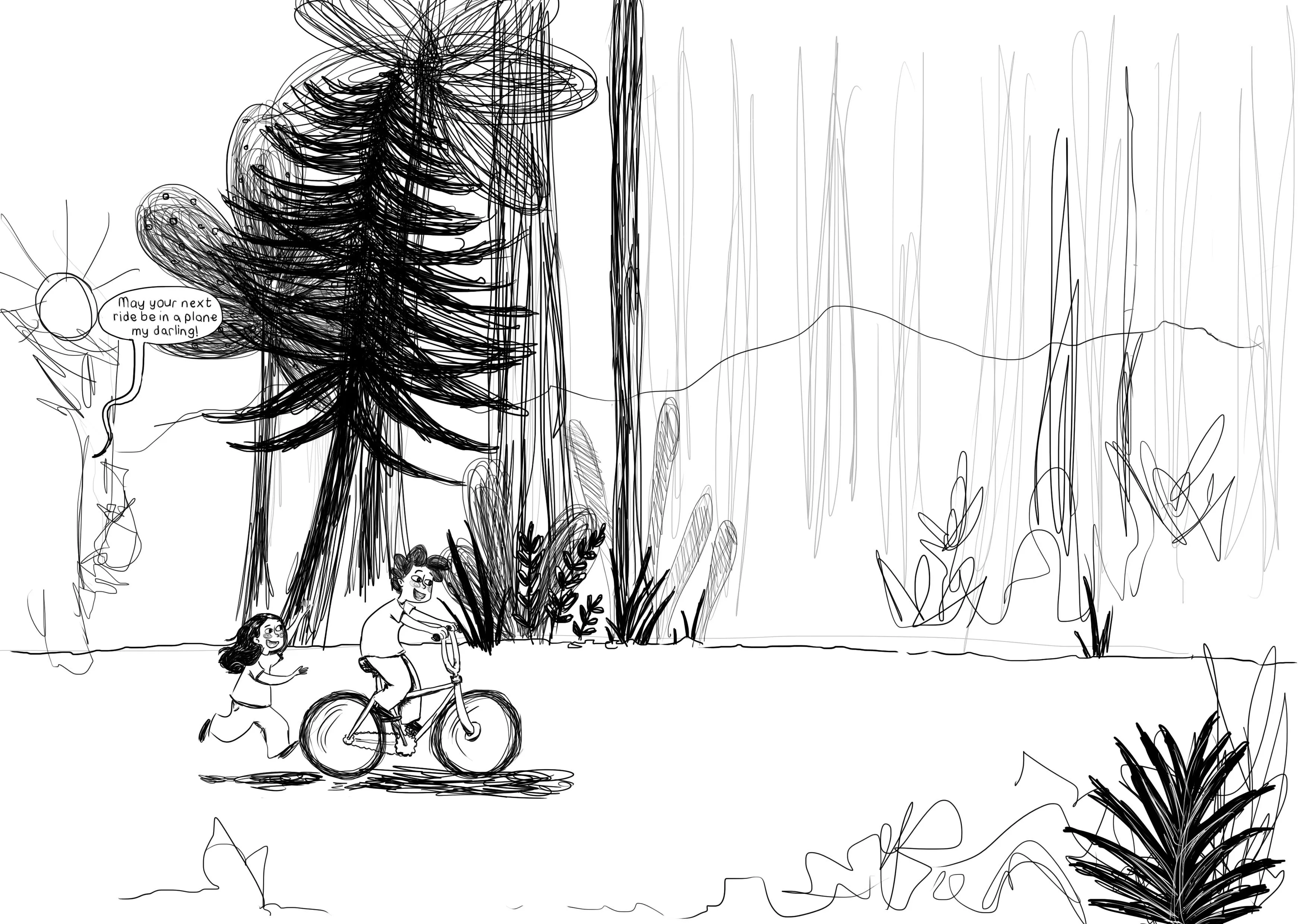Precarious Places: social cohesion, resilience and place attachment of refugees in Lebanon
Precarious places was an 18-month project funded under the Tackling the UK's International Challenges scheme of the British Academy. The research responded to the protracted displacement of Syrian refugees in Lebanon, where interventions by non-governmental organisations were moving from humanitarian assistance to longer term resilience building. Rates of repatriation and resettlement in those displaced by conflict are low and integration is often not favoured by the host country. Thus, refugees may live in precarious situations for years, and commonly decades.
Protracted displacement negatively impacts the psychological well-being of those affected and can stretch the hospitality of host communities. While basic needs of the population have to be met (although even this is difficult) without an appreciation of the non-material, subjective experience of refugee and host community life, actions have the potential to undermine well-being. Place attachment, the emotional bonds humans form to significant locations, is a key dimension of both these issues but has been underutilised as an analytical framework in refugee settings.
Partners
- Project team member - Samar Ghanem (American University Beirut)
- Space 27, Art Space / Work Studio created the Comic 'Precarious Places A Narrow Path Can Fit a Thousand Bicycles'

Aims
Place bonds in refugees have been broken in an abrupt and traumatic manner. Yet, the population has lived in a new location years, even decades. Thus, we investigated how the human inclination to form bonds to place has manifested in an environmental intentionally made very hostile to refugees and whether such bonds were able to support refugee coping and recovery.
Further, since social cohesion is suffering as a result of the continued presence of refugees in already economically-deprived areas, we applied the concept of Solastalgia – the anxiety and dislocation felt as a meaningful place changes around a person – to investigate how the local population experienced the changes associated with a rapid increase in local population. Place attachment has been associated with behaviours to protect valued places, and we investigated whether place change was part of the reason for anti-refugee sentiment in host communities.
Methods
We carried out 45 semi-structured interviews over two weeks in July 2017 in the Bekaa Valley. The interview covered everyday life and daily routines; significant people, places and objects; places considered as home or where people felt at home; connections to distant places; memories; and changes to places over time. We interviewed around 50 people from refugees and host communities, and within each of these populations, half of the respondents were Palestinian refugees from Syria (PRS) and Palestinian refugees from Lebanon (PRL).
Of the 45 interviews, 20 were selected for transcription in Arabic, translation in English and subsequent analysis. We chose five from each sub-group (Syrian, PRS, Lebanese and PRL) distributed across men and women of different ages, in tented settlements and private accommodation.
We analysed the English transcripts using various themes: significant places, subject of attachment, levels of well-being across multiple dimensions, levels of mobility, ways of attaching (eg emotionally, cognitively, through behaviours and practices) and the characteristics of attachments (positive, negative or ambivalent). English versions of interviews were coded using the qualitative analysis software NVivo.
Summary of Findings
Our results show that the hostile environment created by the Lebanese government has meant refugees articulate strong negative emotional bonds to an unrepresentative and restricted set of places in Lebanon. Where positive bonds were present, they were articulated as a nostalgic longing for Syria, representing an increasingly symbolic and historical attachment. In the local host community, we found strong place attachment and place identity, and Solastalgia, feelings of dislocation as the village urbanised and the social fabric changed around them.
Palestinian Syrians were increasingly defined by the Palestinian dimension of their identity as they experienced the refugeehood of their parents or grandparents and the exclusionary policies of Lebanon. Thus, all felt displaced and insufficient regulation in accommodating the new population has aggravated long-existing deficiencies in infrastructure and services, increasing tensions. One solution may lie in more inclusive decision-making processes sensitive to people's diverse and complex emotional bonds to place.
Impact
- A report aimed at programme officers in humanitarian organisations, in both English and Arabic, that highlights the key role of place in building resilience of refugees and host communities
- A comic, in English and Arabic, that presents the key themes of the work
- Two blog posts that summarised the key results of the project
- A dataset on the UK Data archive that presents transcripts of 20 of our interviews for others to use in their work.
- An open access Mendeley data base was created for the project.
Principal Investigator
Affiliations
Funding
Funding Body: British Academy
Amount: £50,000
Period: March 2016 - September 2018

